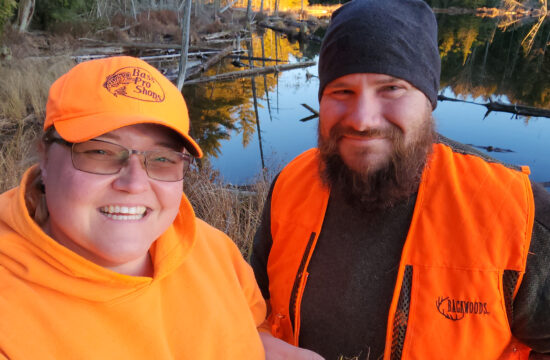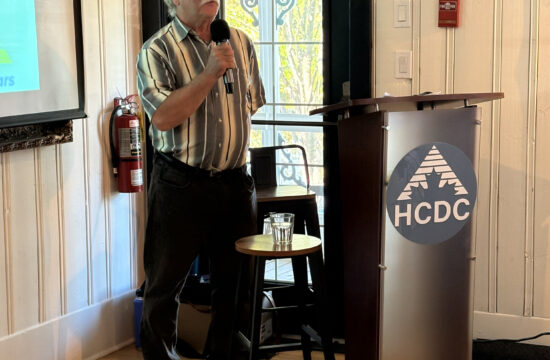By Emily Stonehouse
While Canada battles it out between Donald Trump and Mark Carney, the Premier of Ontario has been quietly plotting in the background.
Conservative Premier Doug Ford has put forward Bill 5 – an amendment to the current Endangered Species Act, which has been in place since 2007.
If passed, the act would be revised to the Species Conservation Act, with intentions to “revoke various regulations in relation to development and to procurement,” according to the Legislative Assembly of Ontario.
Some of the major changes to this act would include amendments to the definition of “habitat”, and a new delegation of powers and duties under the act. Under the guise of streamlining economic prosperity, the change in environmental protection could be devastating – particularly to rural communities.
Clara Lynas fell in love with the outdoors while growing up in the Haliburton Highlands. Now completing her Masters in Toronto, she found herself deeply immersed in the idiosyncrasies of Bill 5 upon its announcement last week. “This would have wide-reaching implications,” she said, when she spoke with the Echo. “And we will see the effects of it quite quickly. It will be lethal.”
With the redefinition of “habitat”, the Ford government pinpoints the area of protection is limited to specific sites of endangered animals, as opposed to their ecosystem as a whole. The proposed new definition would be: “a dwelling-place, such as a den, nest or other similar place, that is occupied or habitually occupied by one or more members of a species for the purposes of breeding, rearing, staging, wintering or hibernating.”
Lynas noted that animals exist and thrive far beyond their site-specific areas for resting and breeding, and by terminating access to the surrounding environment, it could have a detrimental impact on the species.
Currently, there are over 230 species in Ontario on the endangered species list. “Their loss or decline affects the functioning and resilience of food webs and landscapes – jeopardizing the well-being of all living beings, including humans,” says the registered charity, Ontario Nature. “Now more than ever, the Government of Ontario needs to restore the Endangered Species Act to fulfil its original mandate, rather than considering it as a piece of ‘red tape.’”
Species at risk locally include but are not limited to the Five-lined skink, snapping turtles, flying squirrels, the Eastern whip-poor-will, the Rusty blackbird, and the Evening grosbeak, to name a few. Often it represents signs of spring to hear and see these animals return, but they could be gone forever. At this point, there are 18 known species who have been entirely wiped out of the Ontario environment due to improper development and unwarranted expansion.
Lynas noted that the first impacted species when industrialization takes form are amphibians and insects, with their loss impacting the entire ecosystem chain, right up to humans. “We are all a part of the ecosystem,” she said. “And we absolutely have a responsibility to our neighbours, whether they are humans or animals, we have a responsibility to them.”
To voice concerns, Lynas shared that the most impactful path would be through local MPP, Laurie Scott. “We have to put pressure on our MPPs,” she said. “They have to properly represent their constituents.”
The bill has entered its second reading, accelerating the process significantly faster than what has been done in the past. The public has until May 17 to provide feedback on the bill, with public hearings on May 21 and May 26. It is estimated that the provincial government will try to pass Bill 5 in early June.













